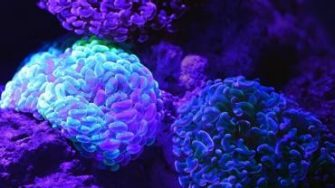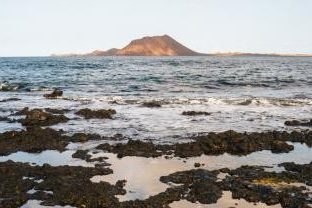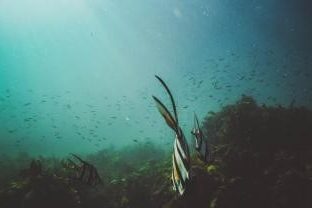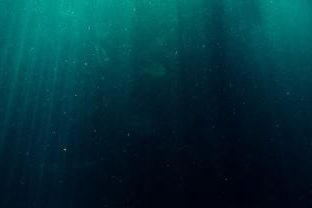
The genetic exchange between populations is a prerequisite for the long-term evolution of bacteria, however its short-term dynamics are largely unexplored.
The aim of the project is thus to define the temporal dynamics of gene transfer and how it shapes the genetic composition of entire bacterial communities. Using innovative DNA sequencing technologies and bioinformatics, this project will gain a significant and new understanding of the short-term diversification of communities and on how different evolutionary forces shape bacterial function. The expected outcome will show how bacterial systems can adapt to new environmental conditions and how this can ensure that essential ecosystems functions are maintained.




